-
Russia's deployed three of its cruise missile submarines to the larger Black Sea area, Ukraine says.
-
The Black Sea Fleet has six improved Kilo-class subs, including one that was damaged by Ukraine last year.
-
The fleet's surface vessels have abandoned its base in Crimea amid major Ukrainian missile strikes.
The Russian navy has simultaneously deployed three of its cruise missile submarines in waters within the general Black Sea area, Ukraine's navy says.
The subs, likely improved Kilo-class vessels, are out in force just weeks after the last Russian Black Sea Fleet patrol boat left its base in Crimea following relentless Ukrainian attacks. Russia has withdrawn many of its surface vessels to less vulnerable positions.
But the submarine force is still active. Dmytro Pletenchuk, a Ukrainian navy spokesperson, posted on Facebook Monday that Russia, for the first time, had sent out three subs carrying cruise missiles at once in the Azov-Black Sea region.
He signaled this is the main Russian naval threat at the moment. Referencing surface ship losses, he said that Russia's Black Sea Fleet has been "called a submarine fleet," adding that "now, it's true."
Russia's Black Sea Fleet has six improved Kilo-class submarines. One, the Rostov-on-Don, was damaged last fall by an apparent Storm Shadow/SCALP-EG cruise missile fired by Ukraine. The Kilo subs are diesel-electric attack vessels capable of carrying Kalibr cruise missiles, torpedoes, and naval mines.
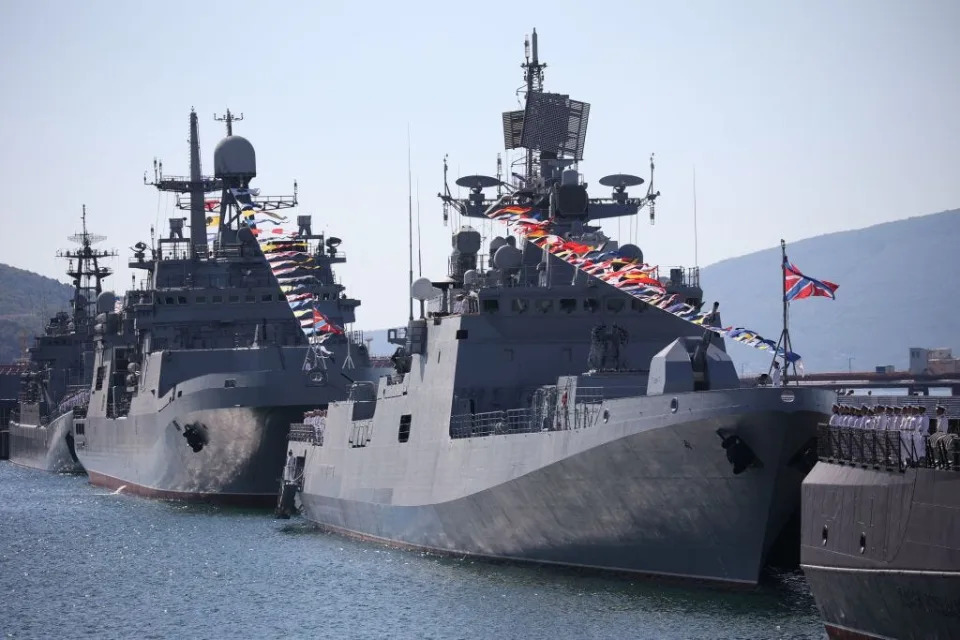
In late June, Pletenchuk shared that Russian warships were launching missiles from the Sea of Azov, a smaller body of water north of the Black Sea surrounded by Russian territory, because they deemed it a safer firing point than the Black Sea. Then, last week, Pletenchuk noted on Facebook that Russia had pulled its ships out of the Sea of Azov.
At the time, Pletenchuk said that it seemed that Russia had begun "to suspect something," potentially referencing Ukraine's increasingly intense attacks in the Black Sea region. Ukrainian naval officials have said in recent months that strikes in Crimea and around the Black Sea have forced the Russian navy to change its posture.
Business Insider was unable to independently verify Ukraine's claims, but there have been indications of notable changes in force presence at Russian naval bases.
Ukraine conducted several high-profile strikes on the port of Sevastopol and some Russian vessels and submarines, including the Rostov-on-Don, last year. Coupled with the drone boat attacks, these triggered the withdrawal of the Black Sea Fleet to other bases in the area. Satellite images obtained by Business Insider have documented the ongoing dispersal of Russia's naval forces in the area.
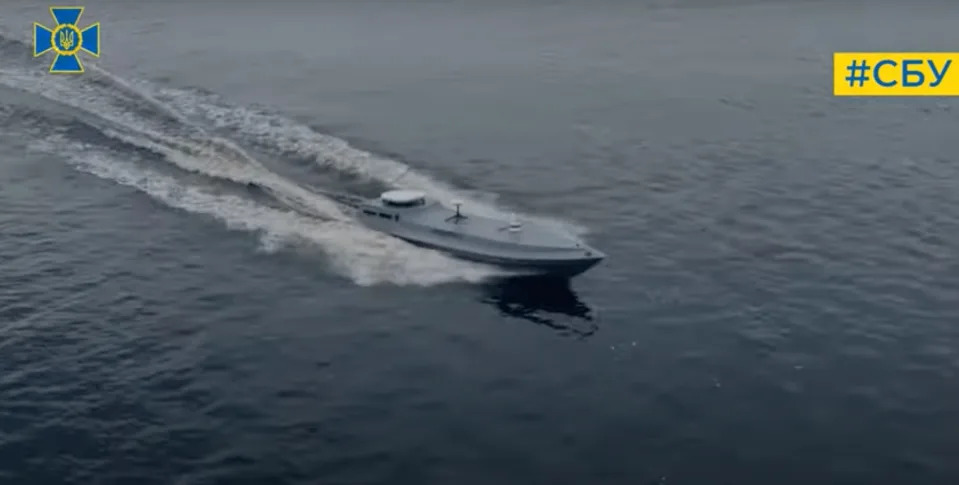
Lacking a traditional naval force able to compete with Russia's Black Sea Fleet, Ukraine has relied on drone boats and missiles to defeat Russian ships in the Black Sea.
Successes in the Black Sea have been a bright spot for Ukraine amid a grinding ground fight. Ukraine has seen little success in reclaiming occupied Russian territory, such as during its failed 2023 counteroffensive, but has largely, losses like Avdiivka earlier this year aside, been able to hold the line against Russian offensive efforts.
The Black Sea has been a different story. In late June, US Defense Secretary Lloyd Austin said that the Ukrainians had sunk or damaged at least 24 Russian vessels in the Black Sea.
Countering the serious threat posed by Russian cruise missile submarines operating in the region is a more difficult challenge than targeting and engaging surface ships.
AfriPrime App link: FREE to download...
https://www.amazon.com/Africircle-AfriPrime/dp/B0D2M3F2JT
With no traditional navy of its own, Ukraine has relied on 3 military innovations to hammer Russia's Black Sea Fleet
-
Ukraine has used a number of innovative naval technologies to strike Russia's Black Sea Fleet.
-
The Magura V5 sea drone, the Neptune missile, and the Sea Baby naval drone have proven vital to Ukraine's war effort.
-
Here's a closer look at each of the innovations.
Ukraine has inflicted huge damage on the Russian Black Sea Fleet since Russia launched its full-scale invasion in February 2022.
Lacking its own traditional navy, Ukraine seemed destined to suffer in the maritime arena as the war broke out.
But through a series of innovative naval technologies and unconventional strategies, Ukraine has been able to keep up a relentless barrage of attacks on Russia's warships.
Its tactics have proven to be so successful that the UK's Ministry of Defence (MoD) said in March that the Black Sea Fleet had been rendered "functionally inactive," while its ships have also been forced to flee the Crimean peninsula to escape further Ukrainian attacks.
"The size of the Russian Black Sea Naval Fleet has proved no match for Ukraine's maritime innovations," the MoD said on Sunday.
The department noted that three inventions had played a particularly pivotal role in Ukraine's success against the fleet — the Magura V5 sea drone, the Neptune anti-ship missile, and the Sea Baby naval drone.
Here's a closer look at each of these innovations.
The Magura V5 sea drone
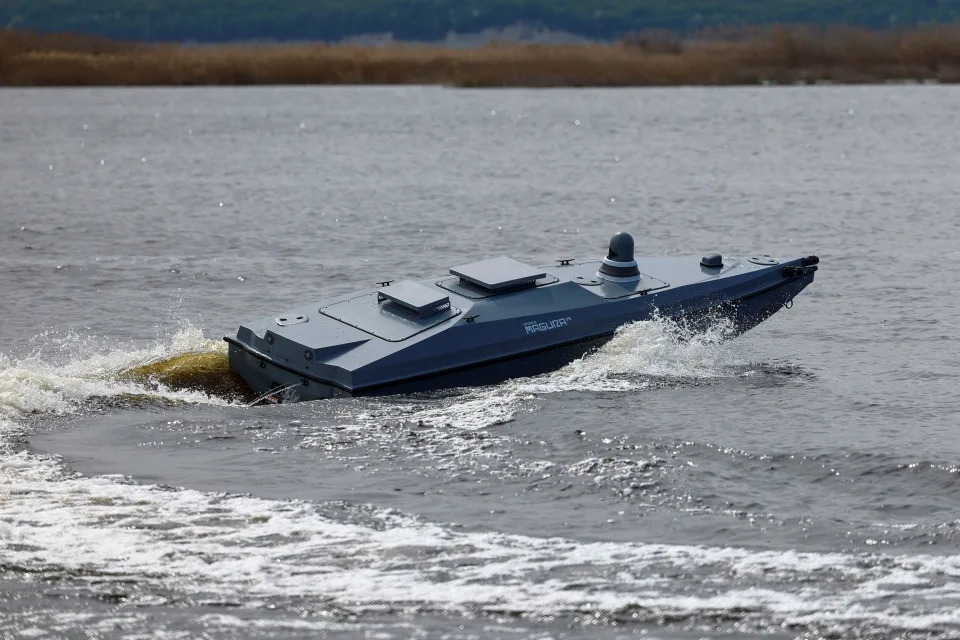
The Magura V5 is a multi-use uncrewed surface vessel.
The homegrown Ukrainian drone is around five-and-a-half meters long (about 18 feet) and can carry a payload of 320 kg (roughly 705 pounds), according to the naval analyst H I Sutton.
The V5 can hit a top speed of roughly 42 knots (around 48 mph) and has a range of about 450 nautical miles, Sutton says on his website.
The drone has reportedly been involved in a number of key incidents during the war.
Ukrainian intelligence has said that Magura V5 drones were used to attack the Russian corvette Ivanovets, the Sergei Kotov patrol ship, and the Caesar Kunikov landing craft.
An unspecified number of Magura V5 naval drones have also been modified to carry R-73 short-range air-to-air missiles, the Defense Intelligence of Ukraine has said.
This version of the drone was first spotted in May and has already been used during combat operations in the Black Sea, the service said last month.
The Neptune anti-ship missile
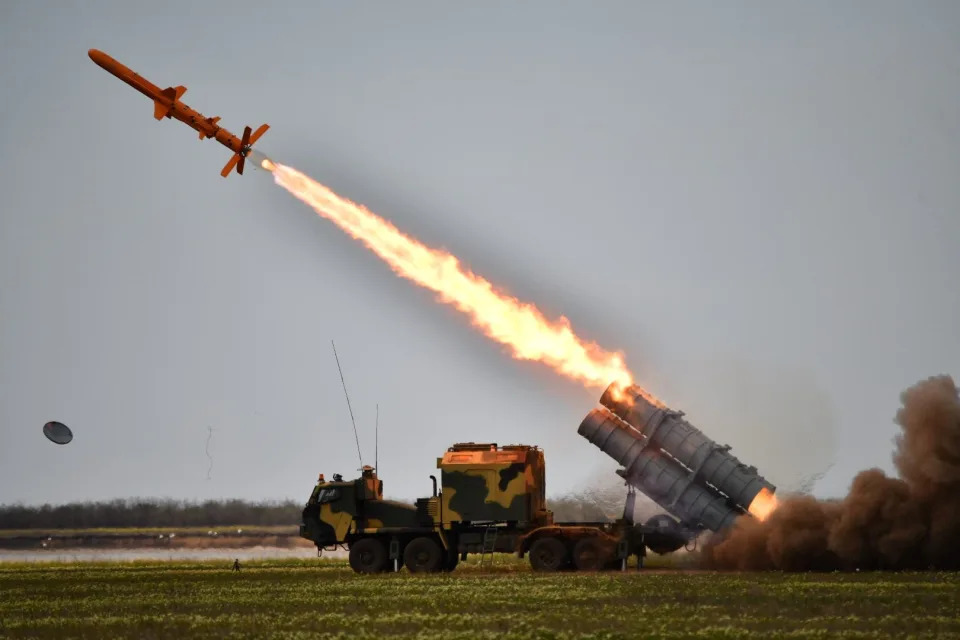
The R-360 Neptune is a subsonic cruise missile developed in the Ukrainian capital Kyiv.
The missile has a range of around 200 miles and weighs about 2,000 pounds.
Ukraine has used these anti-ship missiles to strike high-value targets and as an alternative to the ATACMS — as the Biden administration has limited where Ukraine can use the US-made system.
The Neptune missile was used in the sinking of the Black Sea Fleet's flagship, the Moskva, and a modified version of the missile may also have been used to hit Russian air defenses, including S-400s stationed in Crimea.
Ukraine has attempted to alter the Neptune missile so that it can attack such land targets.
According to the Institute for the Study of War, "Ukraine first debuted Neptune anti-ship missiles against Russian naval targets in April 2022."
The think tank noted that Ukraine had "had to further develop and modify" the Neptune missiles as the war has gone on in order "to conduct deep strikes against Russian territory."
The Sea Baby drone
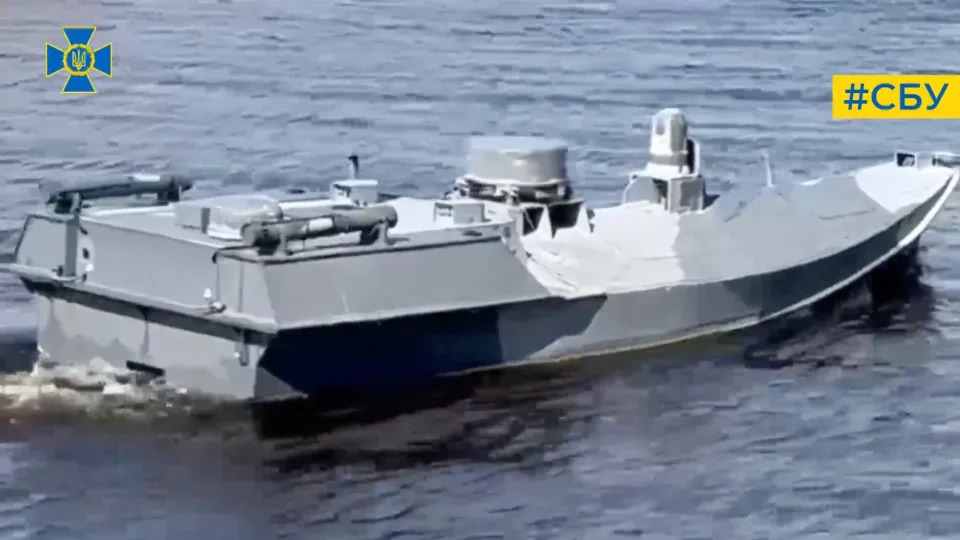
The domestically produced Sea Baby is another of Ukraine's unmanned surface vehicles.
The drone is slightly longer than the Magura V5, coming in at six meters long (almost 20 feet), and it can hit a top speed of 49 knots (around 56 mph), according to Sutton.
It can travel up to 540 nautical miles and can carry a payload of 850 kg (around 1,870 pounds), Sutton says.
Earlier this month, Artem Dehtiarenko, a spokesperson for the Security Service of Ukraine, said the Sea Baby had undergone a significant upgrade, Ukrainian media reported.
"If we're talking specifically of upgrading Sea Baby drones, which hit the Crimea bridge last year, as of today they have completely different characteristics, having become much more powerful," he said.
"For example, a year ago our drone could carry about 800 kg of explosives to a distance of about 800 km, and today it is over 1,000 kg and over 1,000 km. So today the SBU can attack enemy ships virtually anywhere across the Black Sea," he added.
Ukraine has said Sea Baby drones have been involved in a number of major strikes on Russian ships, including the patrol ship Pavel Derzhavin in October and the Olenegorsky Gornyak in August.
A Sea Baby was also credited with damaging Russian President Vladimir Putin's prized Kerch Bridge, which links Crimea with the Russian mainland, last year.
Despite Ukraine's successes, one expert previously told Business Insider that Russia still had some advantages in the naval arena.
Sebastian Bruns, a senior researcher at the Center for Maritime Strategy and Security at Kiel University, said that while Ukraine's operations in the Black Sea region have proven to be "powerful enough to sink or disable more than half of the high-value units of the Russian Black Sea fleet," Russia "still has the upper hand holding ports and shipping lanes at risk through targeted missile strikes and sewing mines."
"Ukraine won't win the war in the maritime domain only, but it could surely lose it there," he added.
AfriPrime App link: FREE to download...


